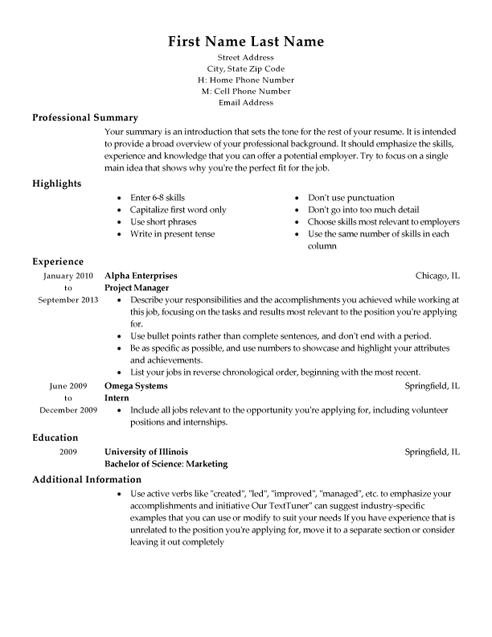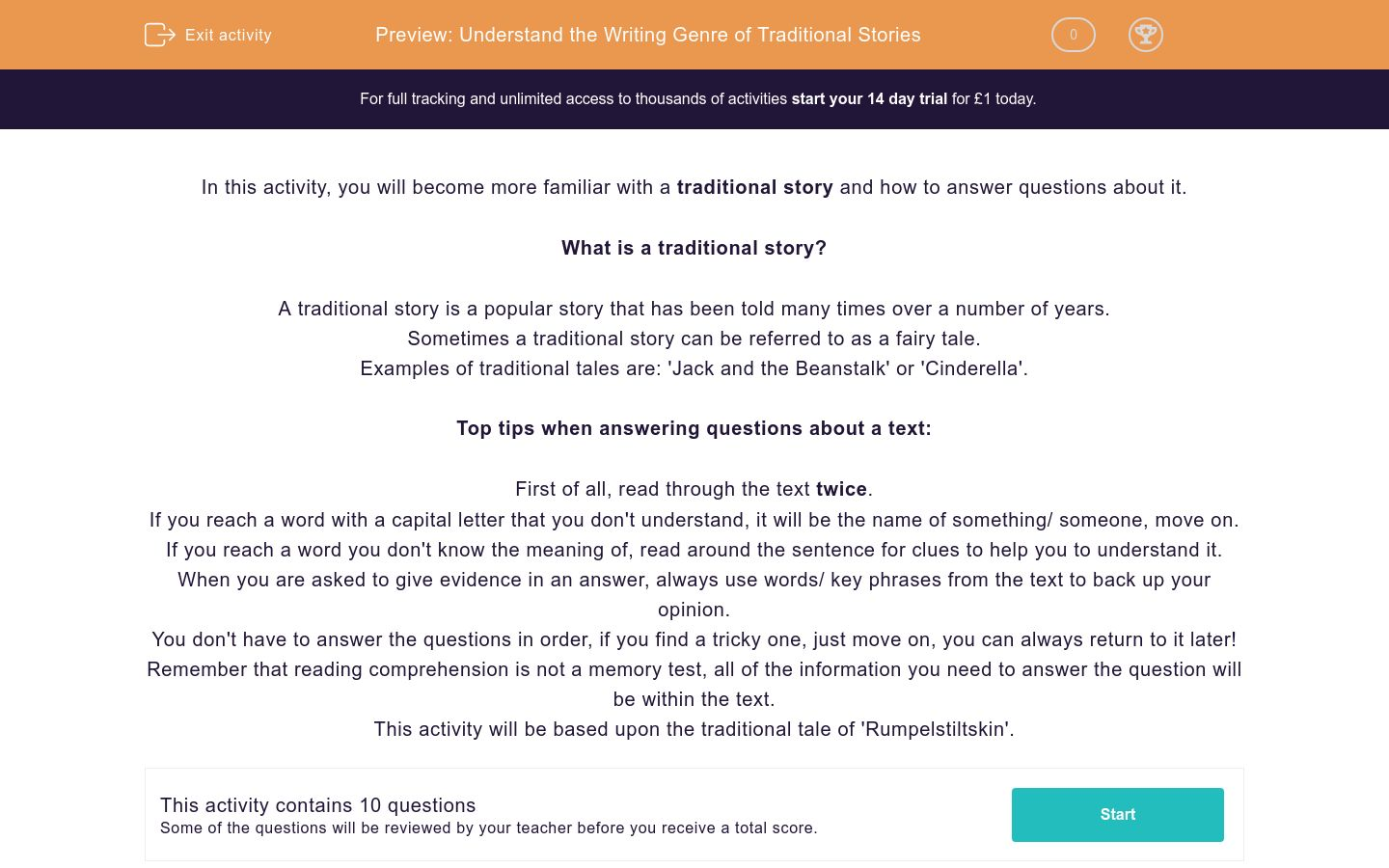Whether you write essays, business materials, fiction, articles, letters, or even just notes in your journal, your writing will be at its best if you stay focused on your purpose. While there are many reasons why you might be putting pen to paper or tapping away on the keyboard, there are really only four main types of writing: expository, descriptive, persuasive, and narrative.
Each of these four writing genres has a distinct aim, and they all require different types of writing skills. You may also have heard them referred to in an academic setting as modes of discourse or rhetorical modes. Institutions of higher learning teach nine traditional rhetorical modes, but the majority of pieces we are called upon to write will have one of these four main purposes.
Writing letters, A-B (Traditional Style) Writing letters, Y-Z (Traditional Style) Writing Letters and Numbers (Traditional Style) Writing letters, E-F (Traditional Style) Writing letters, C-D (Traditional Style) Today's featured page: Lobster Printout. Similarly, traditional literacy refers to writing in such a way that both evinces this critical thinking and allows for a high level of understanding for the audience. In fact, writing can actually.

Traditional Essay Writing
Expository Writing
The word expository contains the word expose, so the reason expository is an apt descriptor for this type of writing is that it exposes, or sets forth, facts. It is probably the most common writing genre you will come across throughout your day. In an expository piece, a topic will be introduced and laid out in a logical order without reference to the author’s personal opinions.
Expository writing can be found in:
TextbooksJournalism (except for opinion and editorial articles)Business writingTechnical writingEssaysInstructions

All of these kinds of writing are expository because they aim to explain and inform.
Because this paragraph supplies the reader with facts and figures about its topic, the new bike trails, without offering the author’s opinion on it, it is expository.

Descriptive Writing
The aim of descriptive writing is to help the reader visualize, in detail, a character, event, place, or all of these things at once. The author might describe the scene in terms of all five senses. Descriptive writing allows the writer a great deal more artistic freedom than expository writing does.
Descriptive writing can be found in:
FictionPoetryAdvertisingJournal and diary writing
Through description, this passage paints a vivid picture of a scene on the new bike trail.
Persuasive Writing
The aim of persuasive writing, or argumentation, is to influence the reader to assume the author’s point of view. The author will express personal opinions in the piece and arm him- or herself with evidence so that the reader will agree with him or her.
Persuasive writing can be found in:
AdvertisingOpinion and editorial piecesReviewsJob applications
A number of statements in this paragraph are opinion rather than fact: that the bike trail is a glittering gem, that the facilities are clean and convenient, and that life in Happyville is idyllic. Clearly, the author’s aim here is to use these depictions to persuade readers to use the bike trail.
Narrative Writing
The purpose of narrative writing is to tell a story, whether that story is real or imaginary. Pieces in a narrative style will have characters, and through the narrative, the reader learns what happens to them. Narrative writing can also include dialogue.
Traditional Style Writing Desk
Narrative writing can be found in:
All types of fiction (e.g., novels, short stories, novellas)PoetryBiographiesHuman interest storiesAnecdotes
As I cycled down the trail, I heard children giggling and whooping just around the bend. I crested a small hill and coasted down the curving path until I found the source of the noise. Three little girls sat in the grass by a big oak tree. They were startled to see me, and I smiled kindly to put them at ease.“Whatcha doing?” I asked.
Traditional Writing Material

“Nothing,” they chirped in unison.
In this passage, the author sets the scene on the bike trail from his or her own point of view (which is referred to as narrating in the first person). Using both description and dialogue, the story that takes place is laid out in chronological order.
Understanding Your Purpose Empowers Your Writing
Simply puzzling out which of these four types of writing best suits your purpose and adhering to it can help you write more efficiently and effectively.
To summarize:
Traditional Writing Style
- Expository writing sets forth facts. You can find it in textbooks, journalism (except opinion or editorial articles), business writing, technical writing, essays, and instructions.
- Descriptive writing evokes images through rich description. You can find it in fiction, poetry, journal writing, and advertising.
- Persuasive writing aims to sway the reader toward the author’s point of view. It is used heavily in advertising, and can also be found in opinion and editorial pieces, reviews, and job applications.
- Narrative writing tells a story. It can be found in fiction, poetry, biographies, human interest stories, and anecdotes.
